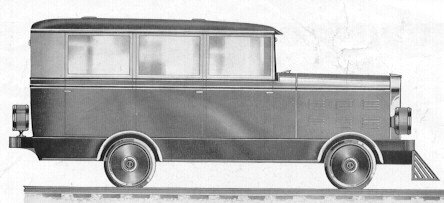
(saved from Reocites.com)
In 1882 the Buda Manufacturing Company was formed in Buda, IL. About 10 years later it moved to Harvey, IL. where it continued to build hand cars. From there, as the technology advanced, it started to build motor cars and motor coaches. The company made many other products including railroad crossings gates, hand trucks, railbenders, scales, etc. Their main line of business centered on commercial gasoline and later, diesel engines. Many other brands of trucks, motor coaches and large motor cars used Buda engines. In 1928, the company offered the 619 model motor car, shown below. It was available in standard or narrow gauge and in several different body styles.
There were 3 uses for motor cars of this type. They could be used by Brass Hats (railroad officials) for inspecting the railroad's tracks and facilities. The fancy versions shown below fall into that category. They could be used to replace a train on lightly traveled lines. These models had passenger and L.C.L. (less than car load) freight hauling capabilities. Many railroads were under contract (mail) and/or government regulation and had to provide passenger and/or mail service, even if they lost their shirt on a run. Motor cars were much cheaper to purchase, economical to operate, could run on poorer quality track and were less labor intensive than a steam train. The less fancy bus models were used or built where cost was the most important factor. Their third use was for hauling men or materials. Hump switching yards became popular during these years and large cars were used to haul the men back to the top. Under extreme fire conditions (forests, plantations, etc.) a gasoline powered car was safer, started quickly, and could be operated by people without steam engine operation experience. You will notice the many variations listed. These cars were built to order and nearly any option could be had. In short, there were no "standard" models.

The 12 passenger inspection coach was available with an automotive style body, as shown above and below left. The 22 passenger bus style shown below right and further below used the same chassis and drive train options.
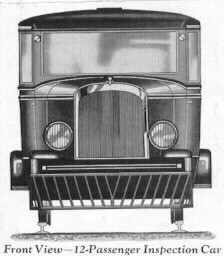
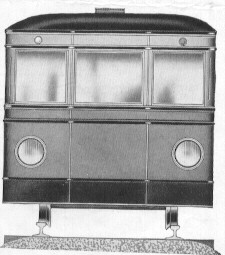
The auto style vehicle was 12' from the back of the body to the rear of the hood. The bus style vehicle body was 17 1/2' long.
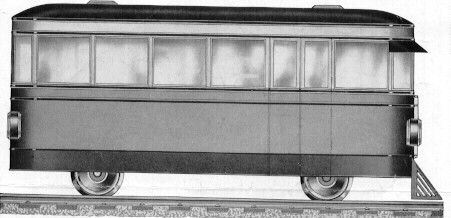
The chassis was available with an 8' to 10' foot wheel base. The 8' wheel base had a 14' frame that was 41 1/4" wide. All dimensions and frame menbers could be modified to meet the customer needs. 24" solid steel wheels were standard and rubber cushioned tires were available.
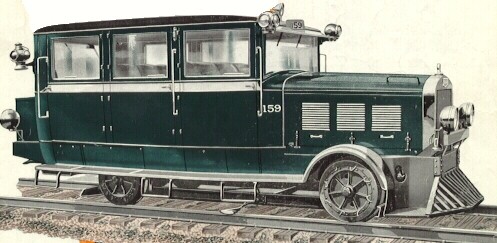
In 1932 a new body style was introduced. They used the same chassis as the earlier model. This 619 inspection car seated 11 passengers (and a driver) on 3 full length seats. The three doors per side allowed easy entrance. It was also available with the driver's and opposite corner doors only, It had an offset aisle and seating for 8 passengers. The third standard style had the four forward doors and a door on the rear end. Other arrangements were available at extra cost. The standard rubber centered 24" wheels cushioned the ride.
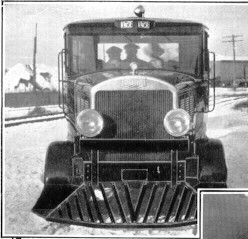
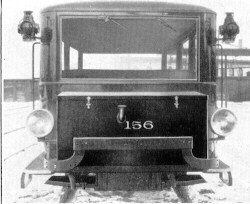
The front view shows the cow catcher, front headlights and roof mounted spot light. The rear view shows the gas filler and storage locker. If desired, 2 more storage lockers could be mounted on the sides at the rear. The rear headlamps allow good night vision when running in reverse.
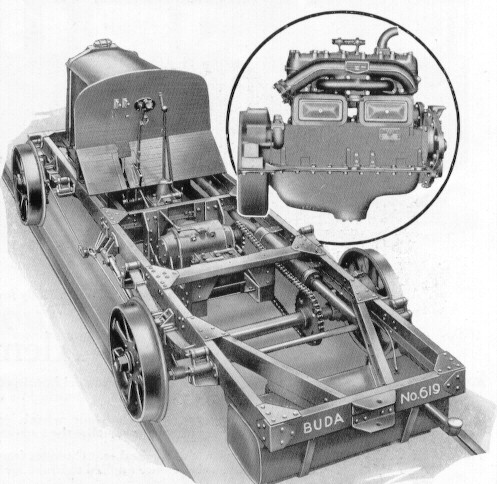
This chain drive chassis with 24" spoked wheels (solid cast wheels were also available), could be equip with chains to the front axle for four wheel drive. A worm drive with a full length drive shaft was also available. A reversing gear allowed the 619 to reach 55 mph in eithere direction. Any one of 9 Buda engines were available. They ranged from a 22.5 h.p. 4 cylinder to a 114 h.p. 6 cylinder engine. The various drive trains, wheel bases (8 or 10 foot), bodies, and fuel tanks (25 to 60 gallons) allowed the carrying capacity to range from 10,000 to 30,000 pounds.
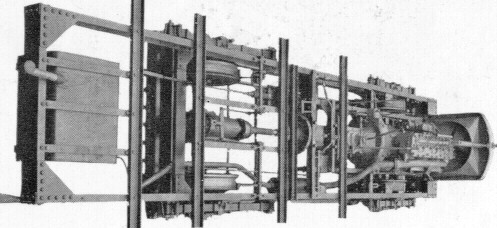
An example of the narrow gauge chassis (available down to 23 5/8") with a 6 cylinder engine and worm drive.
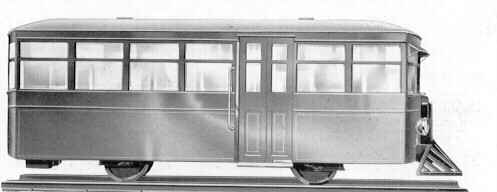
A standard 27 passenger bus model.
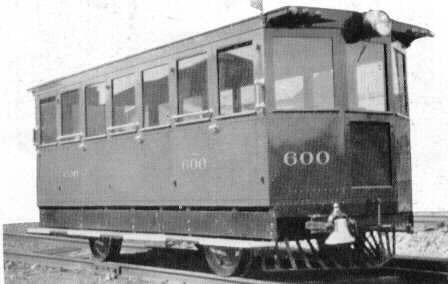
A 619 chassis with a railroad built passenger body.
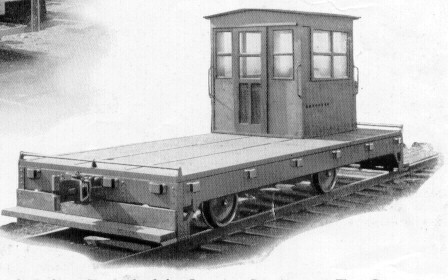
A 10 ton capacity model with 8 foot wheel base is equip with an MCBA coupler. It was built for logging service. The 619 could be supplied as a 55 man hump car, with or without a permanent roof. A trailer holding 30 men was also available.
###